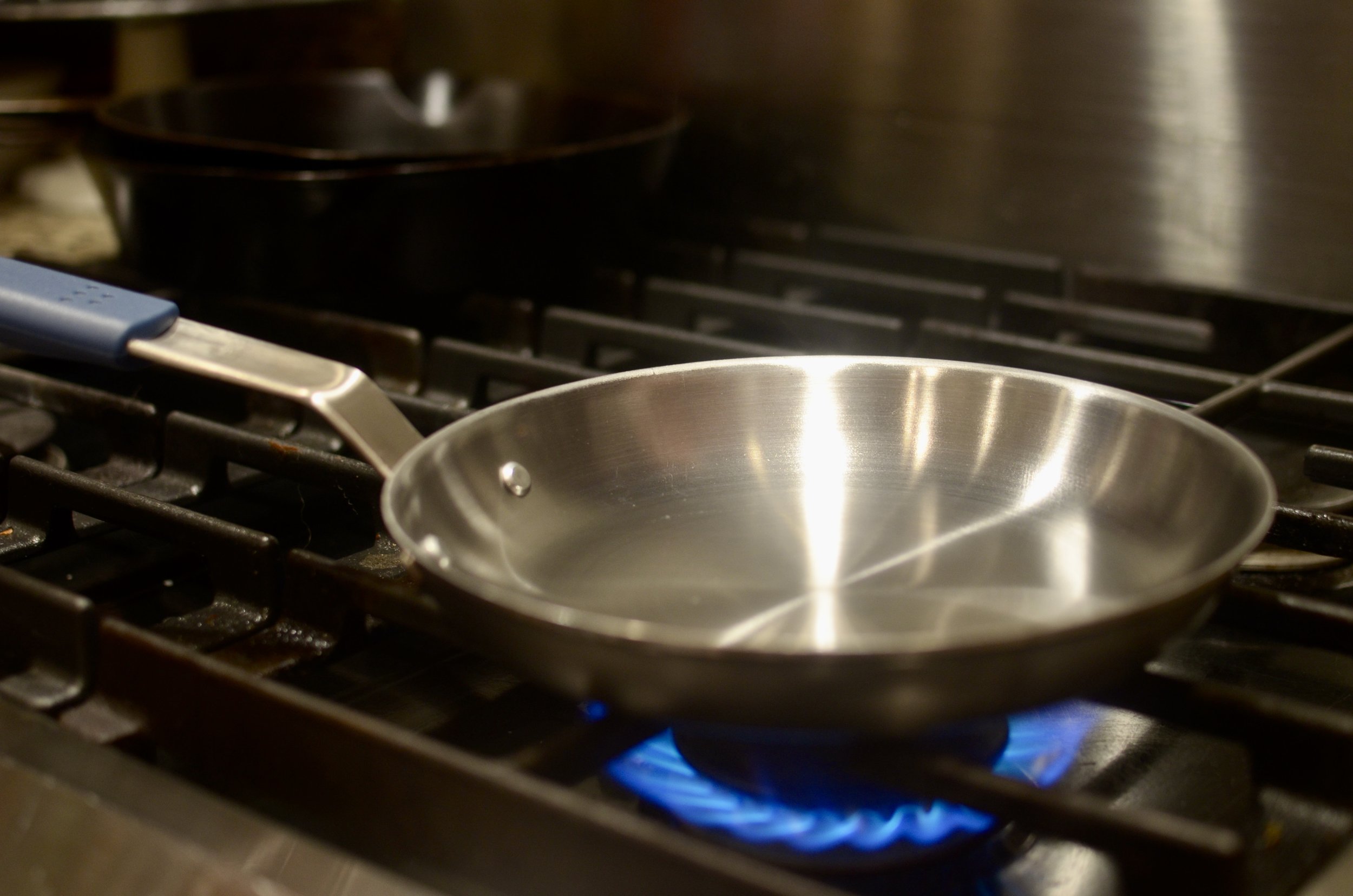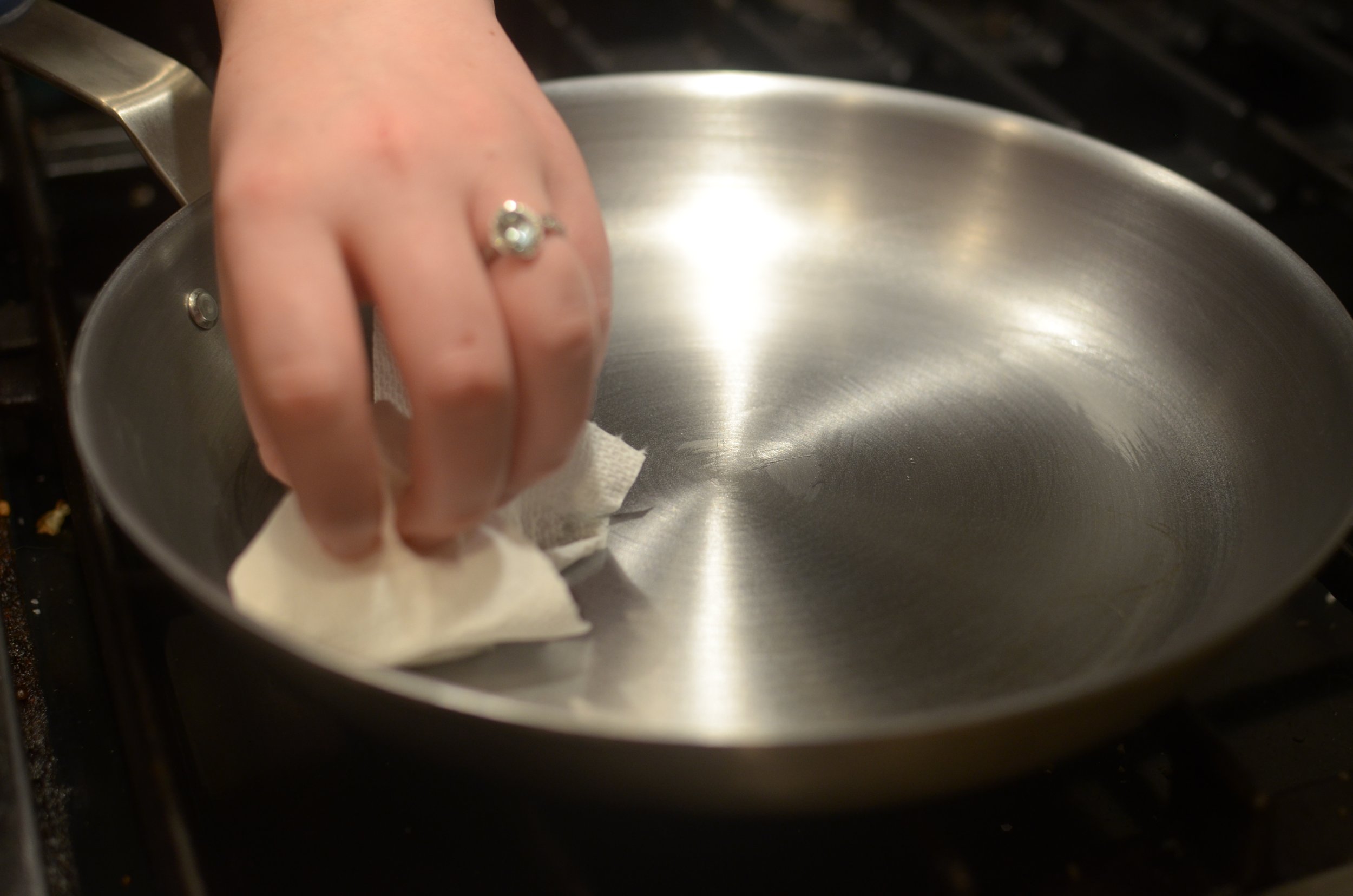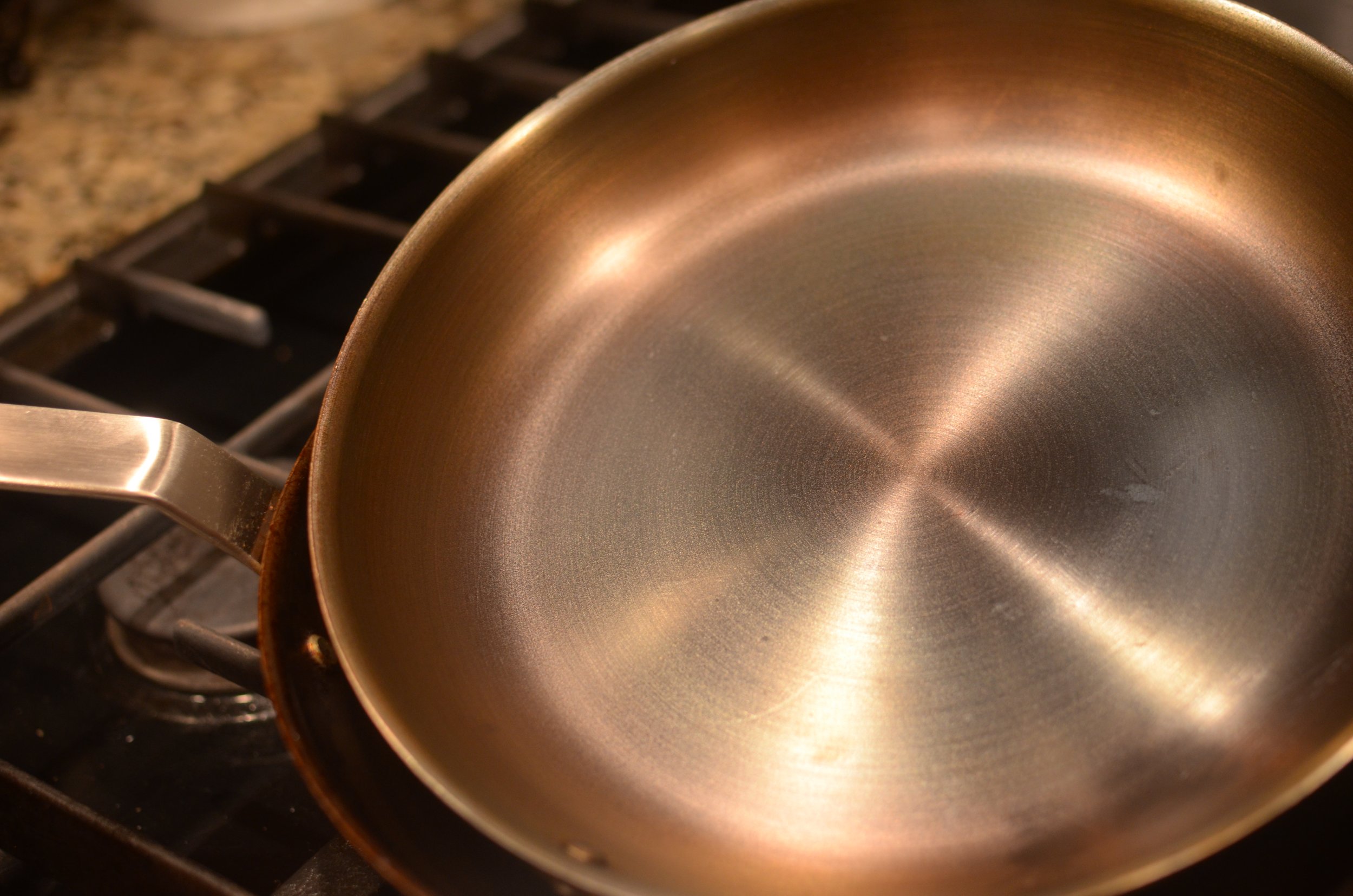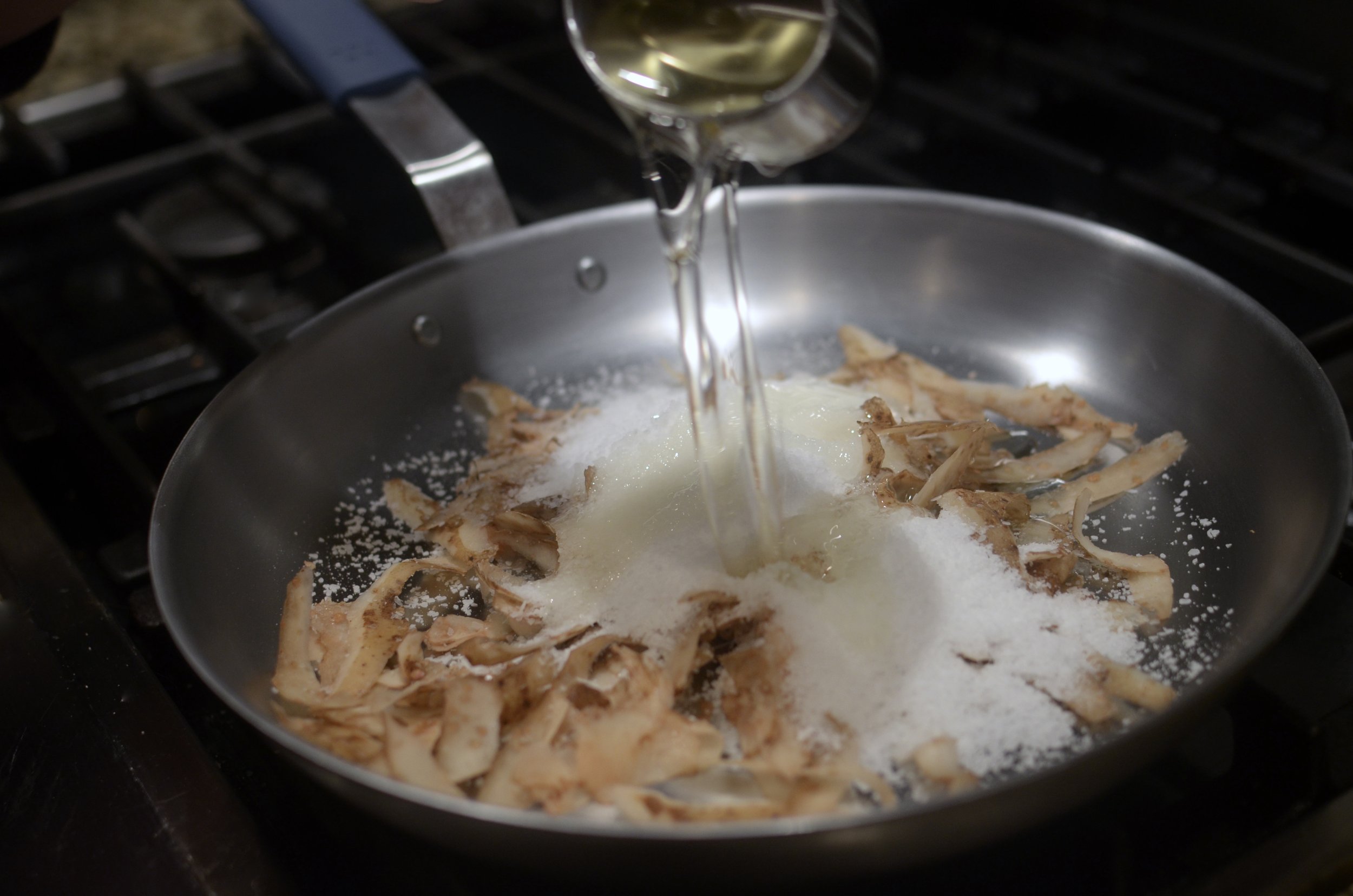Homemade Brown Sugar
Patricia @ ButterYum
Oh No, you’re completely out of brown sugar and there’s no time to run to the store!! No Worries, make it yourself! Whether you need light or dark, 2 simple ingredients are the only thing standing in the way of you having the softest, freshest brown sugar imaginable.
Using the ingredient amounts listed below, place molasses and granulated sugar in the bowl of a stand mixer fitted with the paddle attachment and mix for 5 minutes, stopping once to to scrape the paddle and bowl.
Transfer the brown sugar to an airtight container and for added insurance, add a sugar saver that has been soaked in water for 20 minutes and patted dry. The sugar saver will do its job for months and can be used over and over and over again.
Happy Baking!
Items used to make this recipe:
(affiliate links)
unsulphured molasses (not blackstrap) https://amzn.to/3GKk2qM
brown sugar saver https://amzn.to/3Flr5q0
airtight container https://amzn.to/3stGBwo
Homemade Light or Dark Brown Sugar
makes 1 cup
Ingredients
1 cup white granulated sugar
1 tablespoon unsulphured molasses (double for dark brown sugar)
Directions
Place ingredients in the bowl of a stand mixer fitted with the paddle attachment and combine on medium speed for 5 minutes; stopping once to scrape paddle and bowl.
Transfer brown sugar to an airtight container with a dampened sugar saver.
Notes
Soak sugar saver in water for about 20 minutes, then dry the surface before placing in brown sugar. When dry, re-soak and use it again and again.
I suggest using unsulphured molasses for this recipe. Blackstrap molasses is more bitter in flavor.
The only difference between light and dark brown sugar is the amount of molasses used; dark brown sugar contains twice the amount of molasses.


















